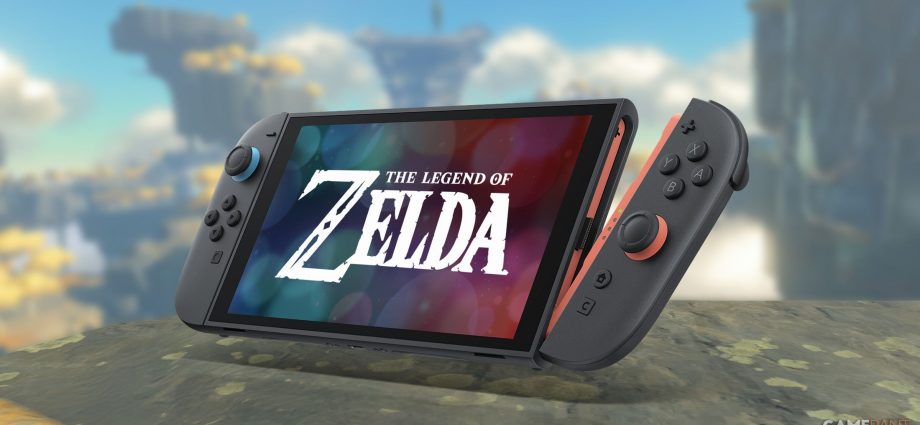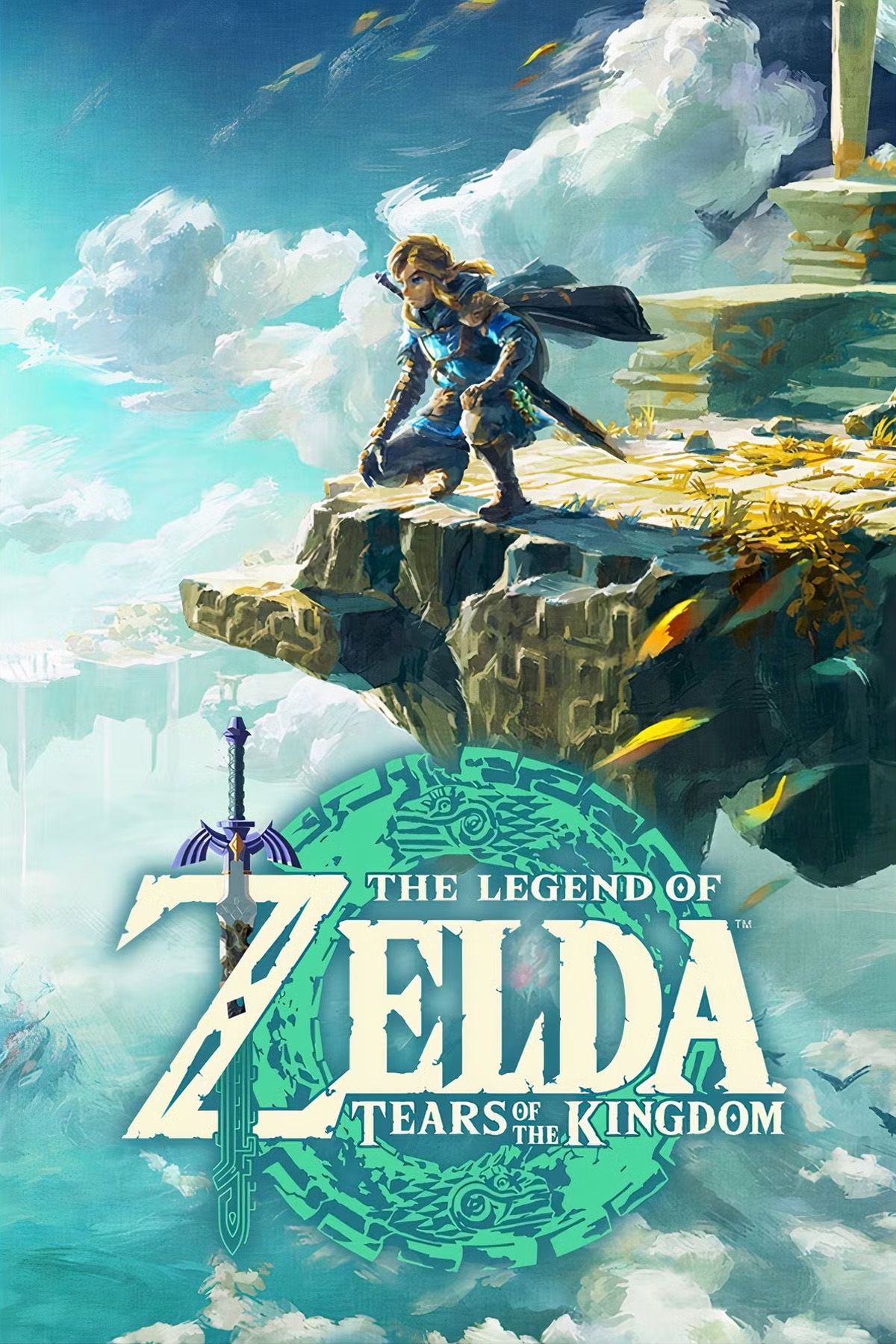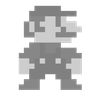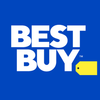Recent Zelda games have consistently nailed immersion by tying in-game tools directly to real-world hardware. The Sheikah Slate that Link used in Breath of the Wild to take pictures, access the map, and activate shrines looked like a real-life Wii U GamePad. In Tears of the Kingdom, the updated Purah Pad looked exactly like a Nintendo Switch. It made players feel like Link was holding the same tech they were, which created a fun connection between the real world and Hyrule.
This has become one of the most exciting parts of a new Zelda title. Players get to discover a new in-game tool that feels unique to each era and hardware. But this trick won’t land a third time, as the Switch 2 looks nearly identical to the original Switch. A new tablet based on the Switch 2 would feel like a lazy copy-paste of the Purah Pad, because Nintendo has no new console form factor to base it on. However, there are ways to deliver something fresh by embracing the new console’s distinct features.
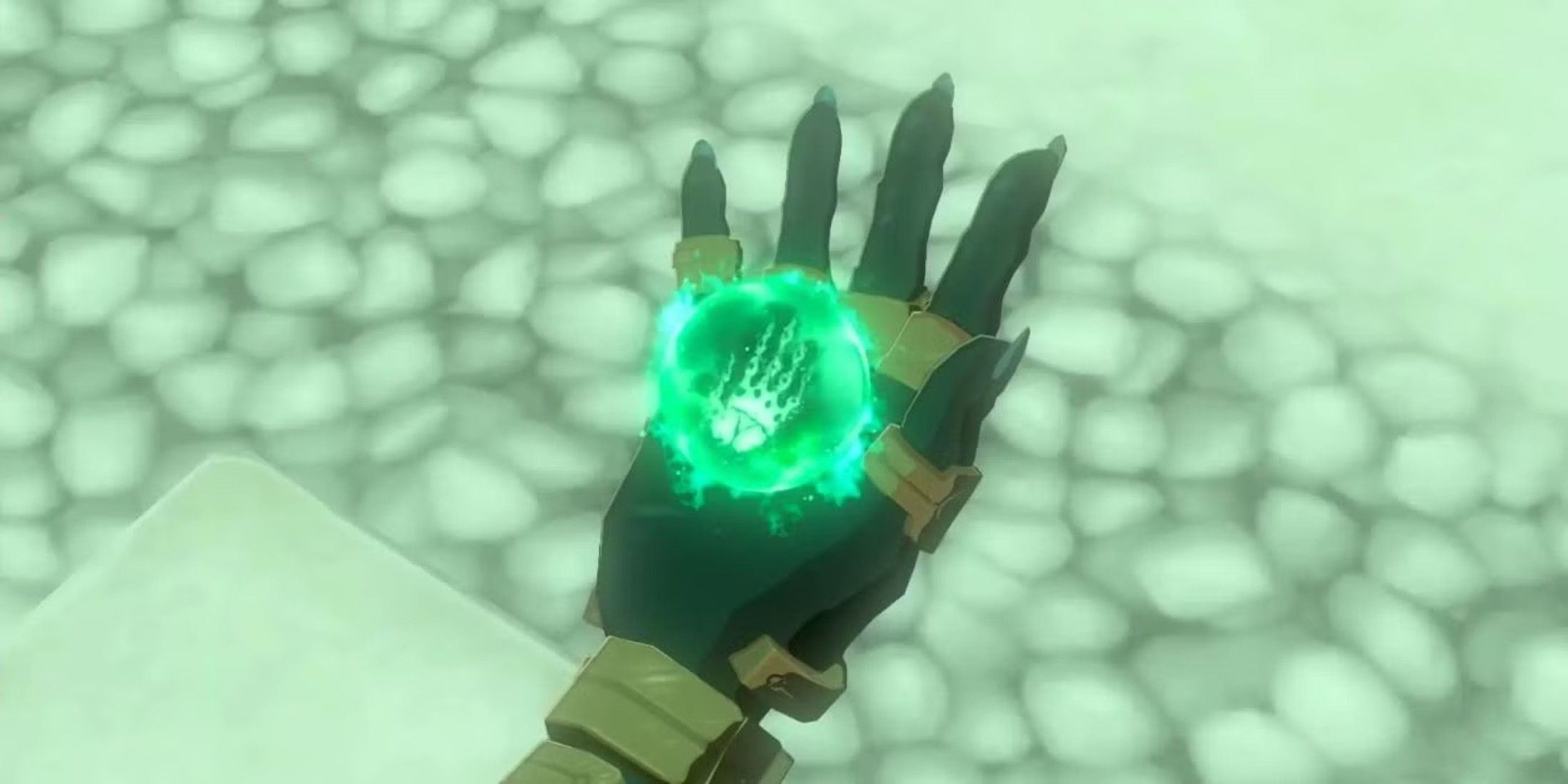
Related
Zelda: Tears of the Kingdom is the Perfect Game for a Feature Nintendo Will Never Add
One increasingly common feature in AAA games would be amazing for The Legend of Zelda: Tears of the Kingdom, but it’s not Nintendo’s style.
Switch 2 Features That Can Be Incorporated Into the Next In-Game Tablet
the
One of the biggest upgrades for the Switch 2 is mouse control support when the Joy-Cons are detached. This can be directly incorporated into Link’s next core device, as the in-game tablet could feature detachable sides that function like magical pointers or control sticks. With these, Link could zoom in on Hyrule’s terrain, drag and drop items in inventory, or trace a route across a map to automatically set waypoints.
Another major upgrade is Switch 2’s improved microphone. The next tablet could take advantage of this with a voice-controlled interface. Instead of navigating menus, players could speak commands like “Open map,” “Mark location,” “Take picture,” or “Activate shrine.” This makes sense both thematically and mechanically. Zelda games already play with magical voice and sound motifs, like howling in Twilight Princess, and instrument commands in Ocarina of Time. Voice input in a Zelda game wouldn’t feel like a gimmick; it would feel like spellcasting.
The Tools Have Always Tied Into In-Game Lore
Zelda games have done an incredible job of incorporating these gadgets as part of the world’s mythos. The Sheikah Slate was invented, and then Purah created the more advanced Purah Pad based on it. That’s why the two look similar. Zelda then takes the Pad back in time, where a construct guards it for centuries until it returns to Link in Tears of the Kingdom. The story justifies its redesign. So, if Nintendo simply slaps a slightly modified tablet into the next game, it will disrupt the logic that the last two games carefully built. Players expect more, not just in terms of functionality, but also a justifaction of why the tool exists in that world.
Switch 2 Doesn’t Have to be Incorporated as Another Tablet
Every major Zelda game has introduced a core mechanic that reflects its console’s identity, but it isn’t limited to tablets. Skyward Sword used motion controls to turn swordplay into a real-time precision system. Phantom Hourglass on the DS let players use the stylus to draw a path for the boomerang, trace symbols to open doors, and hold the stylus to charge hammer attacks. Similarly, Spirit Tracks used the microphone to blow a spirit flute.
Switch 2’s mouse control opens the door for new tool types that feel equally tailored to the hardware. One standout idea is a magical levitating dagger, similar to Yondu’s arrow from the Guardians of the Galaxy movies, that can be steered in real time using Joy-Con pointer input. It could slice through enemies or be used in puzzles, such as triggering switches in a specific order or disabling traps from a distance. New puzzle shrines could ask players to draw ancient glyphs or magic seals with pinpoint accuracy using the Joy-Con as a stylus replacement. Even ranged combat could evolve. A new scoped bow could offer pinpoint aiming, using the Joy-Con for sniper-like precision. These kinds of tools would breathe new life into Zelda’s core mechanics and reinforce what the series does best: merging new hardware features with clever, meaningful gameplay.
